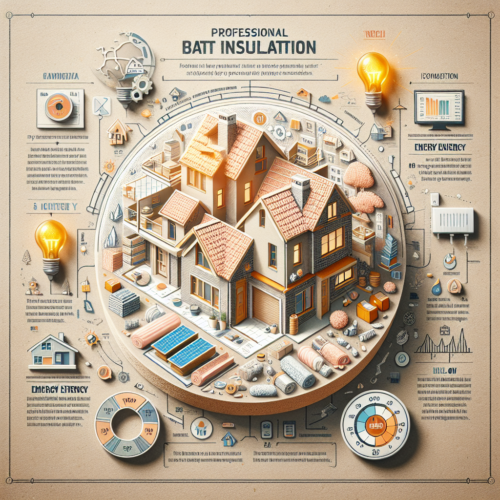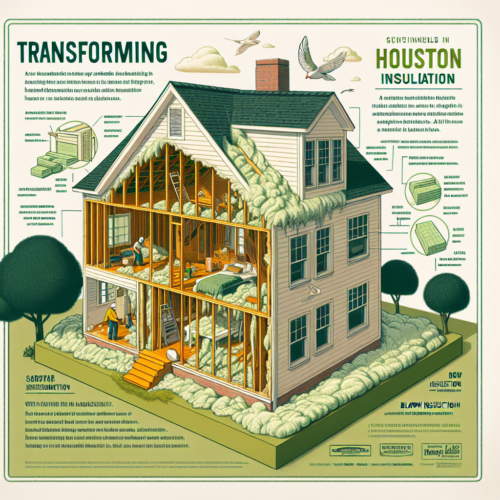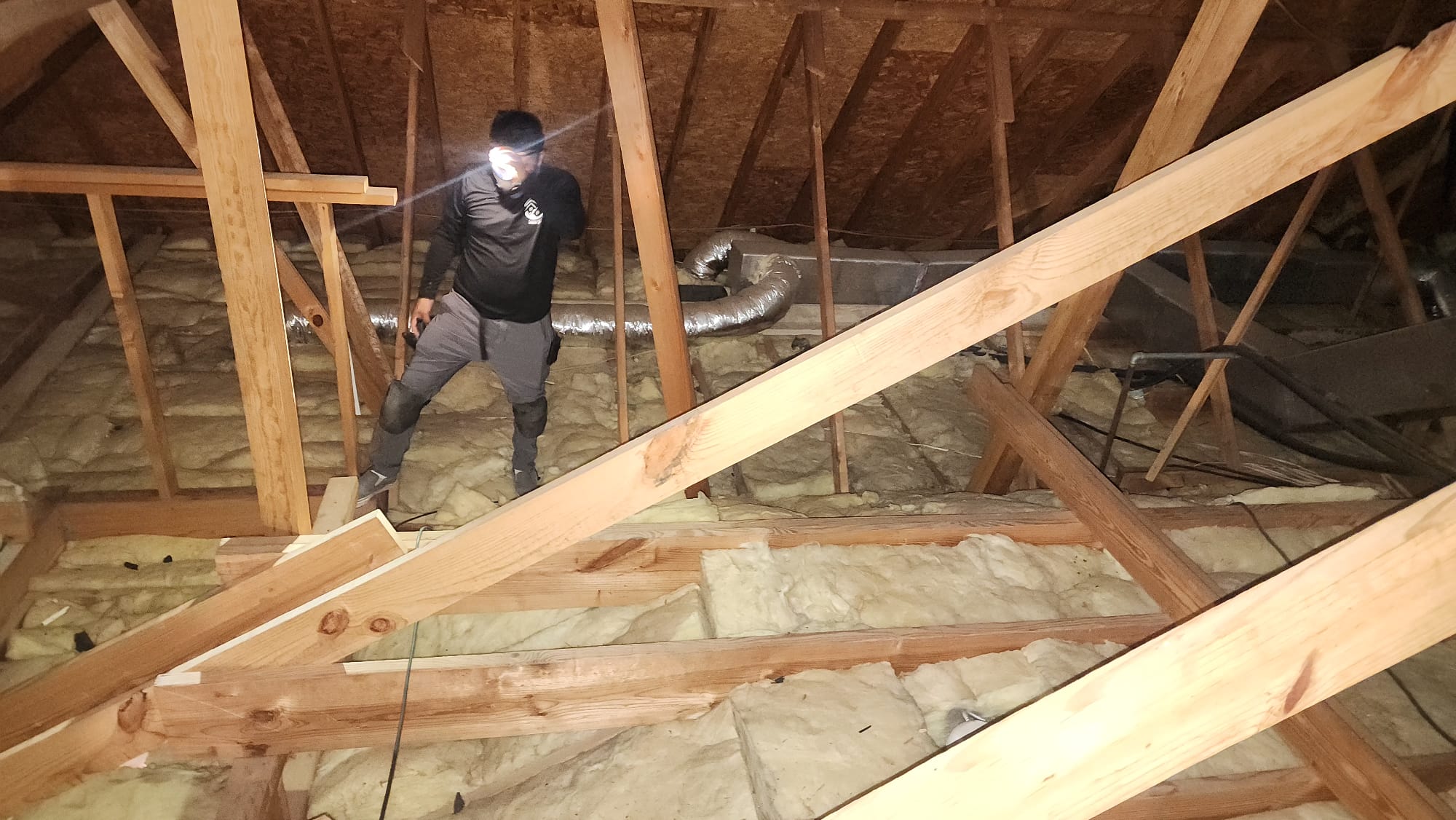Slash Your Energy Bills: The Surprising Cost of Blown In Insulation
Introduction
Upgrading your attic with blown in insulation is one of the most cost-effective ways to reduce energy bills and improve home comfort. By filling hard-to-reach gaps with loose-fill fiberglass or cellulose, blown in insulation creates a seamless thermal barrier that keeps heat inside during winter and out during summer. In this article, we’ll explore why blown in insulation is such a smart investment, break down the factors that affect its price, and help you choose the right material for your home.
H2: Benefits of Blown In Insulation for Attics
Lowering Energy Costs and Boosting Comfort
– Complete Coverage: Loose-fill fibers conform to every nook and cranny, sealing air leaks that traditional batt insulation can miss.
– Improved HVAC Efficiency: With fewer drafts and thermal bridges, your heating and cooling system works less to maintain a steady temperature—saving you up to 20% on utility bills.
– Enhanced Comfort: Even temperature distribution prevents hot spots in summer and chilly corners in winter, creating a more pleasant living environment year-round.
– Sound Reduction: The dense insulation layer dampens noise from outside and between rooms, making your attic—and the rooms below—quieter.
– Eco-Friendly Choice: Many blown in insulation products use recycled materials like newspaper (cellulose) or glass (fiberglass), reducing waste and lowering your carbon footprint.
H2: Factors Affecting the Average Cost of Blown In Insulation
Understanding what drives the price of blown in insulation helps you budget effectively and avoid surprises. Key factors include:
1. Insulation Material
• Cellulose: Made from recycled paper, treated for fire resistance. Cost: $1.00–$1.50 per square foot.
• Fiberglass: Glass fibers that resist moisture and mold. Cost: $0.75–$1.25 per square foot.
• Mineral Wool: Natural rock or slag fibers with superior fire resistance. Cost: $1.50–$2.50 per square foot.
2. Attic Size and Accessibility
• Square Footage: Larger attics require more material and labor, increasing total cost.
• Roof Pitch and Access: Steep or cramped attics add installation time, raising labor expenses.
3. Existing Insulation Removal
• Old Material Costs: Removing and disposing of outdated or damaged insulation can add $0.50–$1.00 per square foot.
4. Desired R-Value
• Regional Requirements: Colder climates demand thicker insulation (higher R-value), which can double material costs.
5. Labor Rates and Equipment Rental
• Local Labor Market: Installation rates typically range from $40 to $70 per hour.
• Blower Machine Rental: If you DIY, expect a rental fee of $100–$200 per day.
H2: Comparing Blown In Insulation Types for Attics
Which Material Best Fits Your Home?
Fiberglass
– Pros: Affordable, moisture-resistant, non-combustible
– Cons: Can irritate skin and lungs during installation
Cellulose
– Pros: High recycled content, excellent at reducing air leaks, cost-effective
– Cons: May settle over time if not properly installed
Mineral Wool
– Pros: Fire-resistant, water-repellent, high R-value per inch
– Cons: Higher upfront cost, limited availability in some regions
Spray Foam (Closed-Cell)
– Pros: Superior air sealing, high R-value, adds structural stability
– Cons: Most expensive option, requires professional application
Choosing the right blown in insulation depends on your budget, climate, and long-term energy goals. For many homeowners, cellulose strikes the perfect balance between cost, performance, and sustainability. If moisture or fire safety is a primary concern, mineral wool or closed-cell spray foam may be worth the extra investment.
H2: Common Questions About Blown In Insulation
Q1: How soon will I recoup my investment?
A: Most homeowners see a return through energy savings within 3–5 years, depending on local energy costs and the thickness of insulation added.
Q2: Can I install blown in insulation myself?
A: Yes, if you rent the blower machine and follow manufacturer guidelines. DIY can save on labor, but be prepared for a messy process and ensure even coverage.
Q3: How long does blown in insulation last?
A: When properly installed and protected from moisture, blown in insulation can last 20–30 years or more without degradation of performance.
Conclusion
Investing in blown in insulation for your attic is a powerful way to slash energy bills, enhance comfort, and reduce your environmental impact. While the initial cost varies based on material choice, attic complexity, and local labor rates, the long-term savings on heating and cooling make it a sound financial decision. Whether you opt for affordable cellulose, moisture-resistant fiberglass, or premium mineral wool, blown in insulation will keep your home cozy in winter, cool in summer, and your wallet happy year after year.











